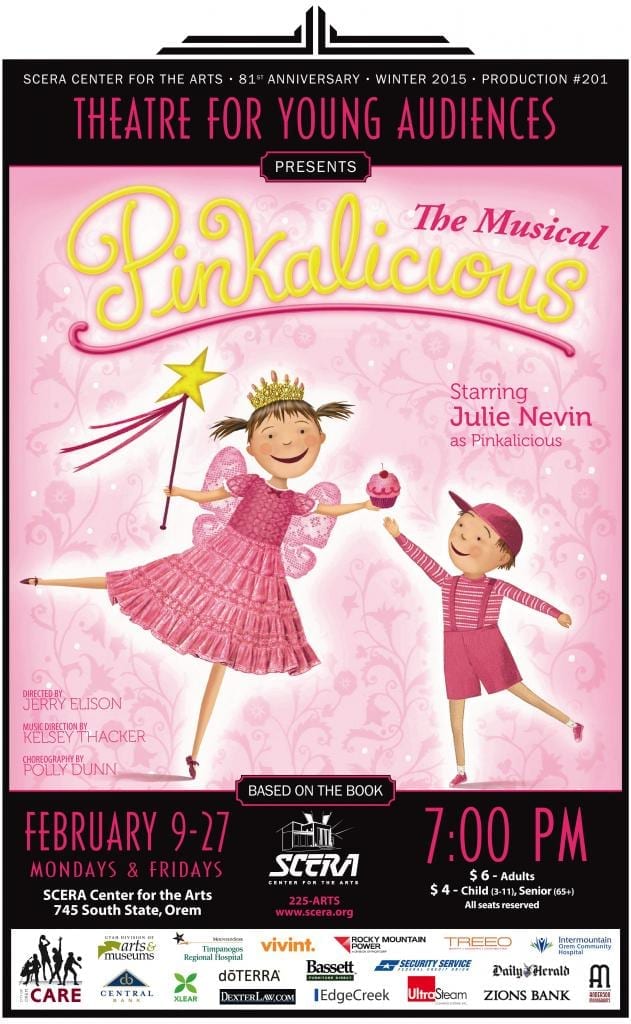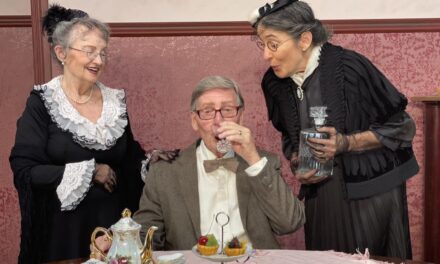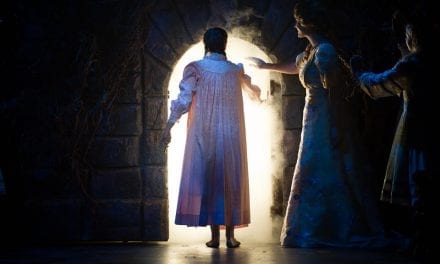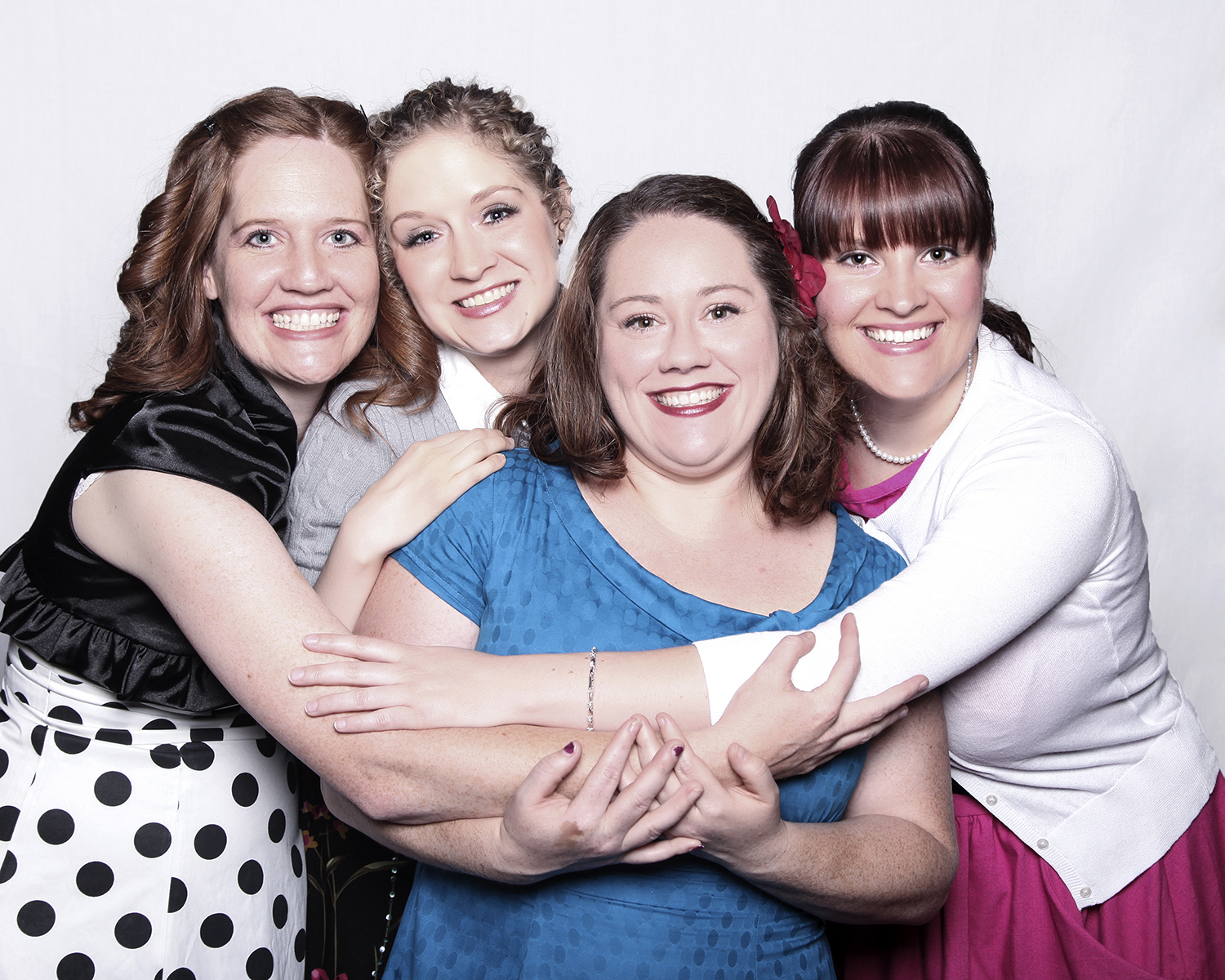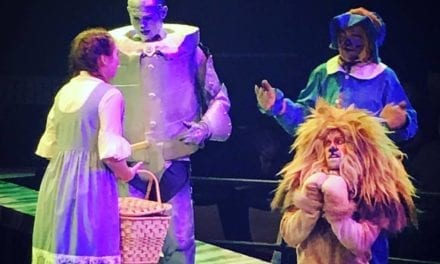Utah County — Pinkalicious Pinkerton loves pink. So much so, that she’s entirely overjoyed when eating one too many pink cupcakes turns her head-to-toe pink. Despite parental warning to stay away from pink foods, the temptation to indulge is simply too great and Pinkalicious finds herself in quite the situation. Doctor Wink provides a solution, but at great cost to Pinkalicious: she must eat only green foods for the next week, and avoid any and all pink foods if she wants to recover from her severe case of pinkititis. However, Pinkalicious loves her pinkness, and breaks the rules, sneaking a delectable pink cupcake in the middle of the night. To her horror, the pinkness is gone in the morning, leaving her a bright shade of red. Only when the catastrophe strikes, does Pinkalicious stomach the notion of eating something that isn’t pink, and subjects herself to green smoothies and the like, in order to return to normal. It’s not too long after she returns to normal that her brother, Peter Pinkerton comes down with a case of pinkititis– Pinkalicious isn’t the only pink-lover in the family, it turns out!
While Jerry Elison‘s production of Pinkalicious in and of itself was quite delightful, I found myself questioning the morals presented in the play. Content seemed to suggest that little girls shouldn’t listen to their parents, that cupcakes should be eaten to the heart’s content, and that general brattiness is quite adorable. I wasn’t impressed with Pinkalicious’ brash means of speaking with adults around her, nor her willful disobedience of the authority figures around her. And while the consequences were present ( turning pink is a pretty big deal, I’d think ), it’s only when things take a turn in a direction Pinkalicious doesn’t like that she even considers following the rules prescribed by her doctor. There’s an additional conflict of boys not being allowed to like pink, of needing to be machismo that didn’t entirely resonate with the play’s message, but it did set up a nice turn-about when Peter Pinkerton turned pink as well, at the end of the play.
Issues of message aside, I quite liked this charming production. It held a caricatured, over-the-top production value that was perfect for a younger generation of theater-goers. I was delighted to see the throngs of young girls, dressed in head-to-toe pink and princess dresses, so avidly participating in theater. Pinkalicious, played by Julie Nevin, did an excellent job of maintaining the necessary high-energy to sustain the youthful audience’s energy, and was able to hold their attentions easily. Her direct addresses to the audience helped to reaffirm the liaison between stage and viewer, and seemed to ensure the audience remained firmly on Pinkalicious’ side. The entire family dynamic was quite delightful, if not a bit stereotyped, but seemed to fit the over-the-top theme of the play.
Josh Taylor as Peter Pinkerton adapted to the youthful energy of the show well, lending his charisma and presence to an already intensely upbeat atmosphere. Peter is a truly lamentable character, with Pinkalicious seemingly given preference over him. He’s a dutiful boy that does what he’s told, and as a result, is ignored for the antics of his superbly independent little sister. His rendition of ” I Got the Pink Blues” was absolutely delightful, and physicality lent well to the role. ( A caveat to the makeup team: I might consider covering the actor’s tattoos. They distract from the illusion of youthful boyhood. )
I quite enjoyed the ensemble of characters that helped to tell this fast-paced story. Garrett Smit had my favorite physicality as ” Mr. Pinkerton ” and though his paternal role fell a bit into the stereotyped realm, delivered his lines in a way that felt almost natural. Other favorites were the dancing cupcakes, and Dr. Wink’s ( Paige Erickson) Pinkititis song and dance number. I liked the simplistic means of song and dance. Choreorapher Polly Dunn‘s movements helped move the story along, and showcased the actors well. Music was not so easily accomplished, as the pace of the music seemed quite fast, and I lost many words to shrill tone and breathlessness. The charisma and acting were there; I simply found myself unable to understand the lyrics. Some of this ‘shrillness’ bled into spoken lines too, particularly with the actresses. Settling into a natural, more grounded timbre might have aided the storytelling process.
Technical design ( Nat Reed ) aided the show tremendously, and created a larger-than-life world of play for Pinkalicious. The scale of the set, vivid colors, and brightly patterned costumes ( Deborah Bowman ) helped to set a vibrant tone for the play. I particularly enjoyed the Cupcake Dream moments, and thought the details in Mrs. Pinkerton’s costume showed a lovely attention to detail. Beautiful use of color really livened up the show, visible in every technical aspect. Children’s book origins were present in the design, and helped to transfer this story to stage very well. My only concern was in Pinkalicious’ costuming, in that some of the many accessories surrounding her face made it difficult to read Nevin’s delightful expressions.
These are nit-picky little things though, and all in all, I thought the show was well-done for it’s audience. This play serves as a perfect opportunity to take little ones to the theater, to introduce them to the world of play, and find a story curated to their attention span. I was impressed with the full house, filled to the brim with little girls in their pink dresses, so eager to interact with Pinkalicious Pinkerton and her plight. Truly, the cast does a magnificent job of keeping their attention. Take a little sister or friend, and enjoy a night at Pinkalicious.

